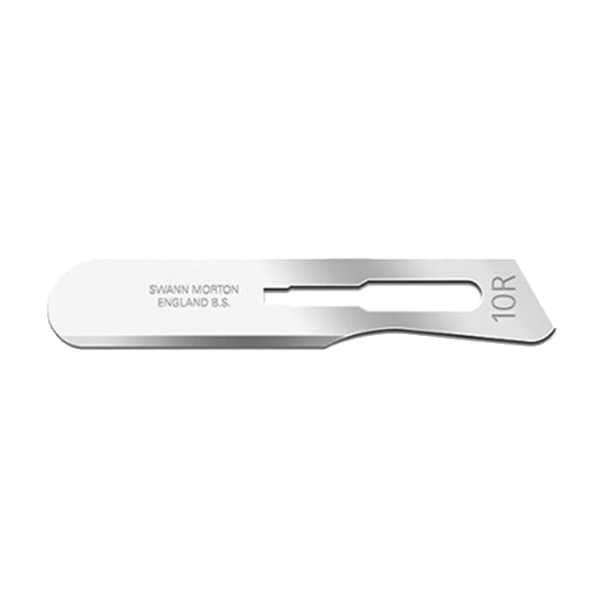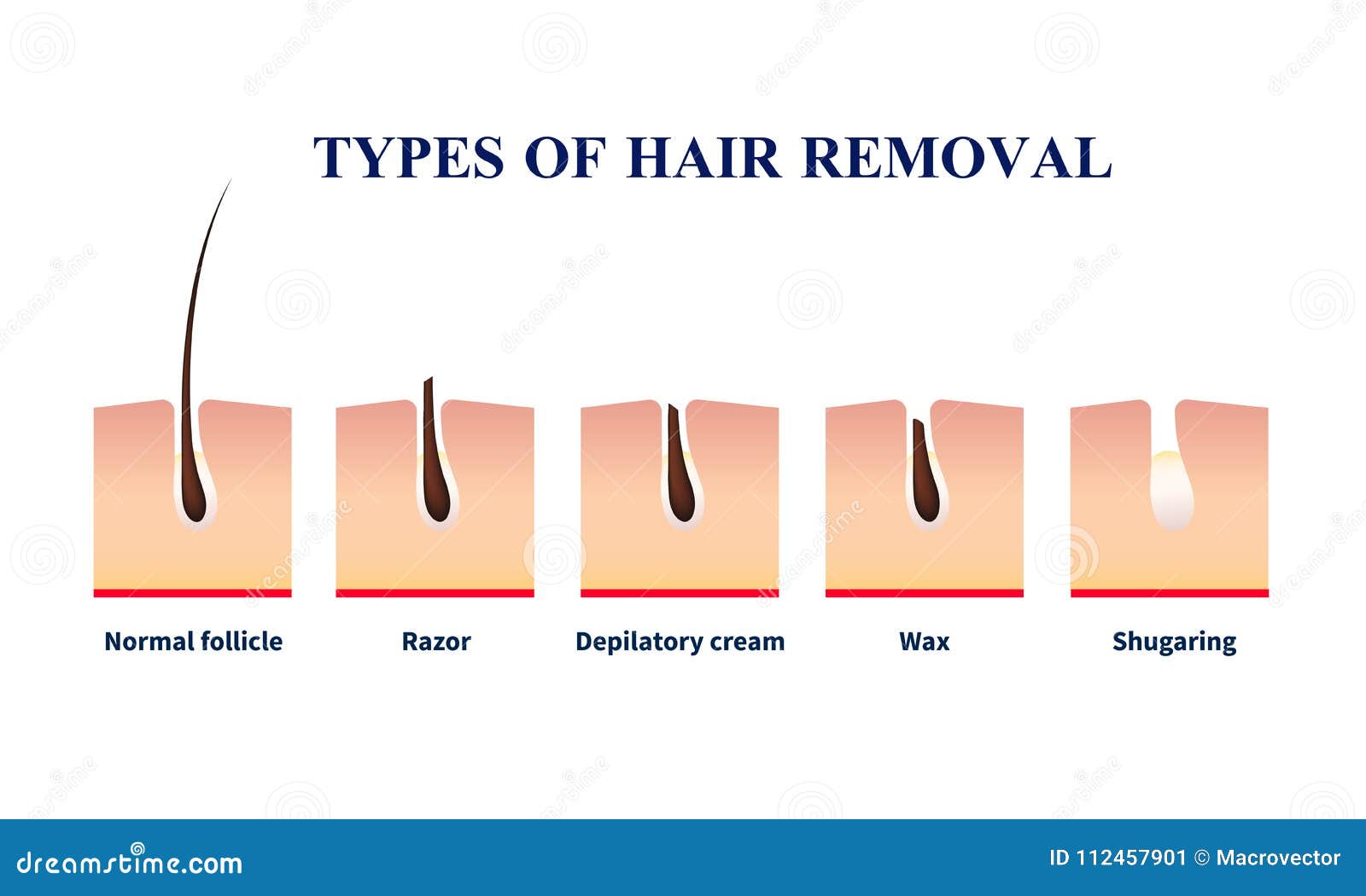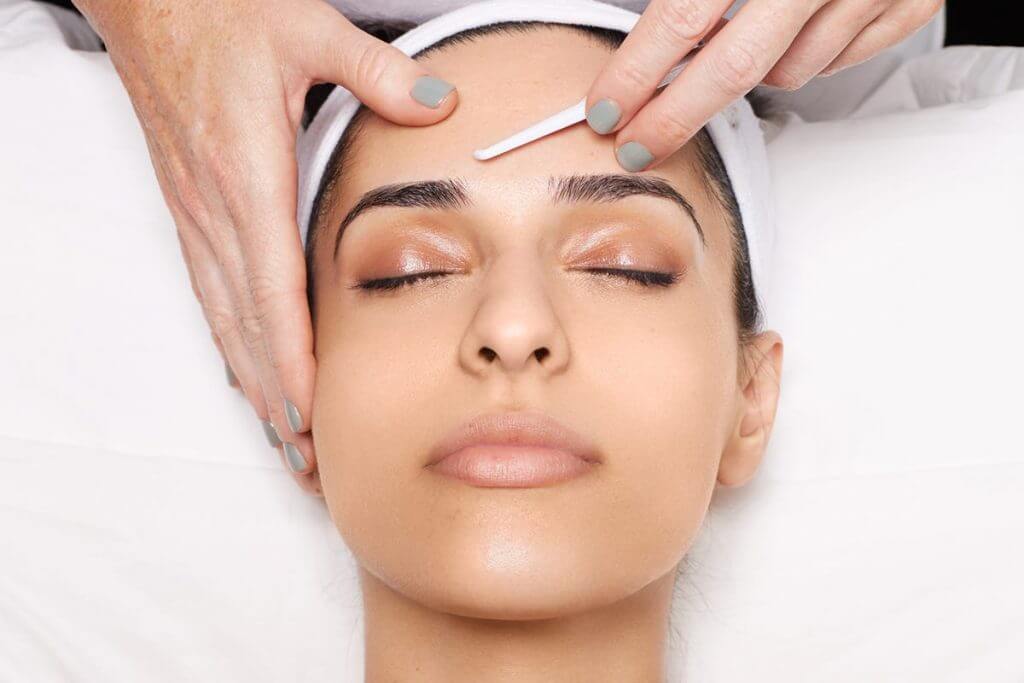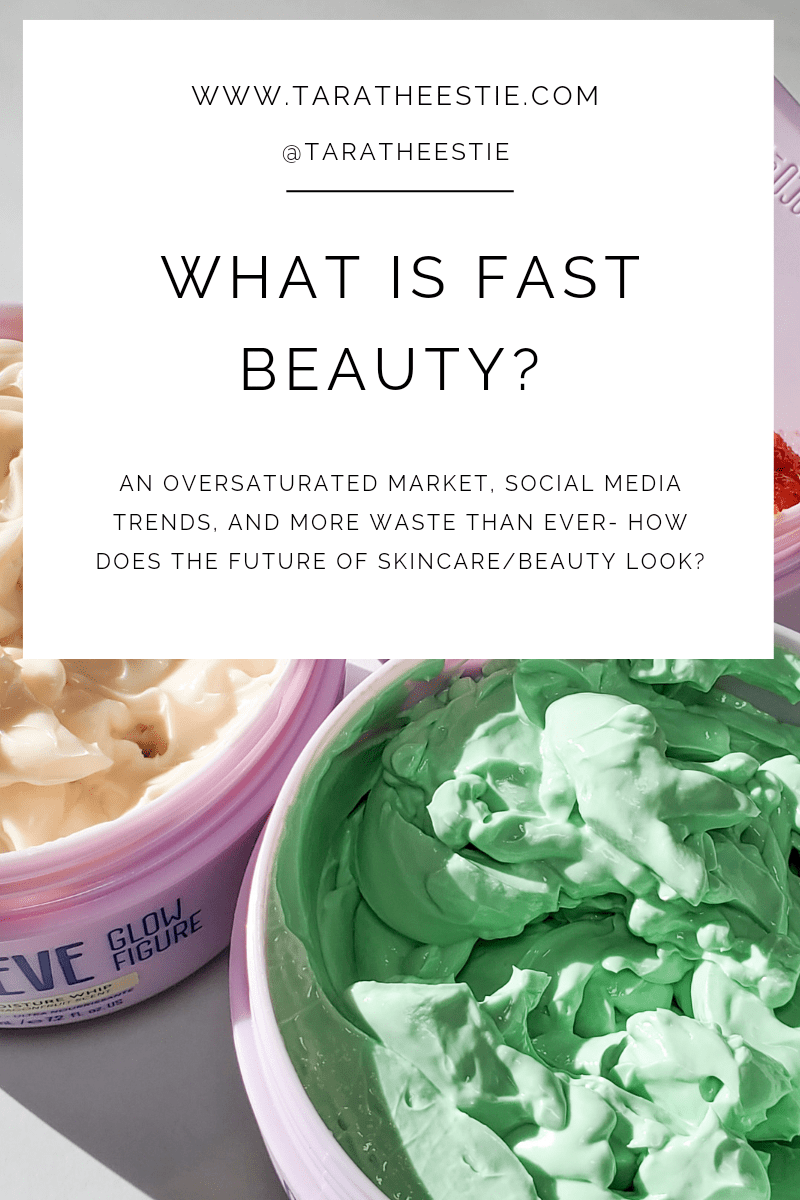
So you’ve probably seen it online, the popular trend performed by licensed estheticians to give you a peach-fuzz free face: Dermaplaning. I personally offer this service at my spa, and I have noticed numerous questions and concerns surrounding this treatment. Overall, it seems to come from a true lack of knowledge of what we use during this service, how it is performed, and the effects it has. I’m going to hopefully answer all of these questions and maybe even convince you to start ~shaving~ your face too!
Question Number 1: What tools are used during a Dermaplaning service?
It seems like every Esthetician has a slightly different method of performing this service, but one thing is always the same- the use of a single use scalpel blade. This is vital to the service and is what separates it from using a traditional razor on your face. It is much sharper and also 100% clean since they are always single use. Obviously, if you are going to someone without proper sanitation techniques- run and report them immediately! I usually wait to put the blade on my handle until I am performing the service, in front of a client so they know it is brand new. Some Estheticians like to perform dermaplaning on a dry face, while others use a wet substance, commonly oil to provide more slip and glide. I personally prefer to perform it dry, and use a gentle toner before to remove and oils or residue from the face. It can be more gentle if they use a oil, but ultimately it is basically the same end result and the technician’s preference.
 This is called a “butter blade” and is one of the most popular choices among Dermaplaning professionals. The rounded edge provides a smooth shave.
This is called a “butter blade” and is one of the most popular choices among Dermaplaning professionals. The rounded edge provides a smooth shave.
This style is also popular, with a pointed edge to get in more precise areas of the face.

Question Number 2: How is this service performed?
Again, this can differ based on who you are going to. But, the basics of the service include a cleansing of the skin, usually a prep toner or oil to either rid the face of sebum or to add that glide that some Estheticians prefer. Then, with gloved hands!, we begin to shave and exfoliate the face. I normally start on one side behind the ear and work up the cheeks and side of chin, then do other side and finish with forehead. Some say that you should begin the service where there is most hair present because the blade is the sharpest at the start of the service, which is why I start around ear and side of neck. Ultimately, this does not matter either in what order it is done as long as the hair is gone! It should be painless and not hurt, if there is irritation occurring during you should let your technician know as there could be some skin sensitivity to a product used beforehand. I have many people tell me that it is gentle and relaxing enough that they could fall asleep during! After the hair and skin is removed from the face using either upward or downward strokes, usually the skin is cleansed again, or dampened. Then the rest can be up to you and your esthetician. You can simply end with moisturizer/sunscreen, or you can go as far as perform a chemical peel or Hydrafacial! This will depend on your skin’s needs and what you are looking to gain from the treatment. I usually offer a hydrating mask afterwards. If you are not looking to experience a chemical peel or targeted treatment, hydration is always great!
Question Number 3: Why should I get it/ What does it do for my skin?
There are many misconceptions when it comes to this treatment, and the biggest one I see and hear is that getting dermaplaning will cause you to grower thicker hair, darker hair, courser hair…a beard…whatever you want to say. This is totally false!
Think about it this way. You shave your legs a few days ago and notice the hair start to come back. You call this stubble because it is short, and usually kind of prickly. The reason behind this is that hair naturally grows at a taper.

When shaved, there is a blunt tip right at the skin’s surface. If you perform other hair removal services, the hair is taken out differently. But the main point of these photos is to see the blunt tip created after shaving. This is why it feels coarser, thicker, prickly…it is the same hair but growing back with a slightly different shape at first!
Using a razor to shave hair off, does not physiologically cause the hair to change from vellus (fine, peach fuzz) to terminal (thicker, coarser) hair. It may still feel slightly different when the peach fuzz first grows back, but it is the same hair as before. It won’t look any different or appear darker.

Now you may be asking, if the hair is just going to grow back, then why would I even do this in the first place? How is it helping my skin? As I stated before, the dermaplaning blades are much sharper and more precise than a drug store razor so they exfoliate the dead skin off of the face very well! I rub off all of the dead skin and fuzz from the face onto a cotton pad to show to my clients afterward if they are interested in what came off their face. It always surprises people how much buildup of skin cells there really is! This process not only removes dead skin and hair, but also provides deeper product penetration for serums or other treatments afterwards, helps to diminish look of fine lines and dark spots, makes makeup go on smoother, good for all skin types, brightens complexion!
I hope this helped to clear up any questions or misconceptions you may have had about dermaplaning. I highly recommend this service to people who are new to facial services as well as spa-regulars.
Let me know what you think and if you plan to get this done or already do!
Comment and like below 🙂




